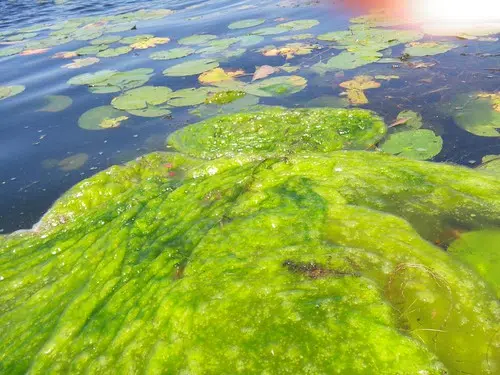The province is providing more details about cyanobacteria including blue-green algae.
A new web page has been created with in-depth information about cyanobacteria and blooms including how to report them.
The province will also be installing new signage at lakes, rivers and ponds this summer to educate residents.
Cyanobacteria is naturally found in many bodies of water and is not normally visible but it can increase to form surface blooms.
The new signs are for information only and will not replace health advisory signs which will also be posted if a bloom is detected.
Dr. Yves Léger, acting deputy chief medical officer of health, says some cyanobacteria can be harmful and produce toxins which irritate the skin, eyes and throat and even cause gastrointestinal illness.
“We want residents to be active and enjoy the outdoors, but we also want them to understand and consider the potential risks of exposure to cyanobacteria,” said Léger.
“New Brunswickers are encouraged to familiarize themselves with the appearance of cyanobacteria blooms, in order to minimize the risks for themselves, their loved ones and their pets.”
Here are some safety tips to keep in mind:
- Check the water and scan the shoreline before entering
- Always supervise young children and pets near bodies of water
- Do not swallow lake or river water
- Bathe or shower after being in rivers, lakes or ponds
- Do not enter the water with open cuts or sores
- Always wash your hands before eating




